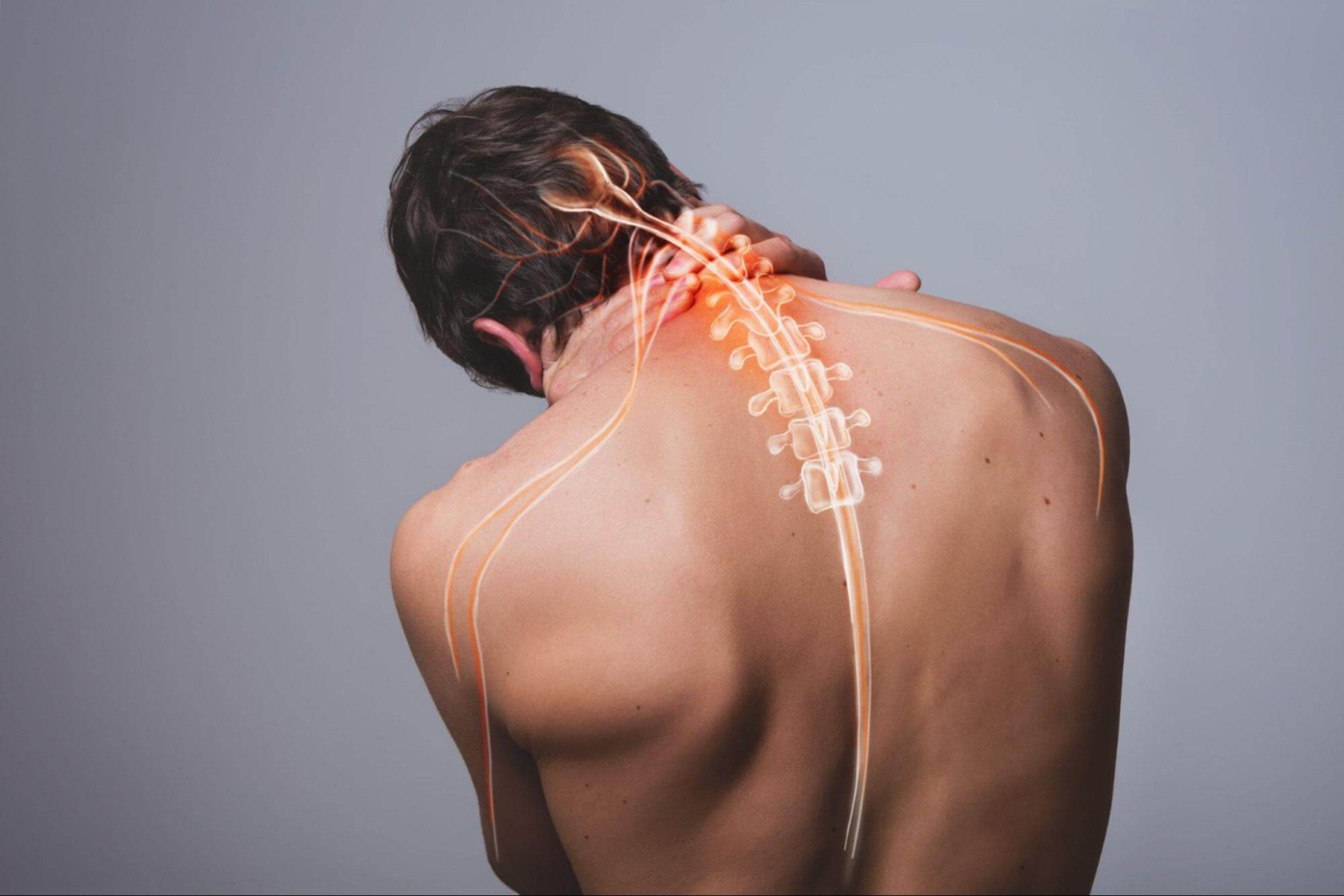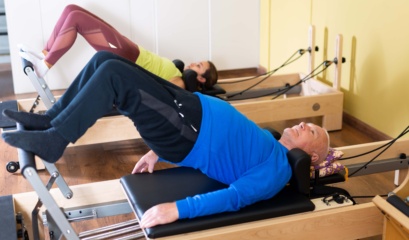Cervical radiculopathy, commonly known as a “pinched nerve,” is a condition that can cause significant discomfort and impede your daily activities. In this blog, we will explore what cervical radiculopathy is, how it is diagnosed, and how physiotherapy can help in its treatment. We will also discuss recovery time and home remedies that can help alleviate symptoms.
What is Cervical Radiculopathy?
Cervical radiculopathy occurs when a nerve in the neck is compressed or irritated, leading to pain that can radiate from the neck into the shoulders, arms, and hands. This condition is often the result of degenerative changes in the spine, such as a herniated disc, bone spurs, or arthritis. The symptoms of cervical radiculopathy include sharp pain, tingling, numbness, and muscle weakness. These symptoms can vary in intensity and may worsen with certain movements or positions.
How is Cervical Radiculopathy Diagnosed?
Diagnosing cervical radiculopathy involves a combination of medical history, physical examination, and diagnostic tests. During the physical examination, your physiotherapist will assess your neck’s range of motion, reflexes, muscle strength, and sensation in your arms and hands. They may also perform specific tests, such as the Spurling’s test, to reproduce the symptoms and confirm the diagnosis.
Imaging studies like X-rays, MRI (Magnetic Resonance Imaging), or CT (Computed Tomography) scans are often used to visualise the spine and identify the exact location and cause of the nerve compression. Electromyography (EMG) and nerve conduction studies may also be conducted to evaluate the electrical activity of the muscles and nerves.
How Can Cervical Radiculopathy be Successfully Treated by a Physiotherapist?
Physiotherapy is a highly effective treatment option for cervical radiculopathy. A physiotherapist will deliver an individualised treatment program, for pinched nerve relief, which will be designed to address your specific needs. Although each condition is unique, some common physiotherapy techniques used to treat cervical radiculopathy include:
1. Manual Therapy
This involves hands-on techniques to mobilise the joints and soft tissues in the neck, helping to reduce pain and improve mobility.
2. Exercises
A tailored exercise program can strengthen the muscles supporting your neck and improve posture. Exercises may include stretching, strengthening, and aerobic conditioning.
3. Postural Education
Proper posture can alleviate pressure on the nerves and reduce symptoms. Your physiotherapist will teach you how to maintain good posture in various positions and activities.
4. Ergonomic Advice
Adjustments to your work environment and daily activities can prevent further strain on your neck. This might include recommendations for proper desk setup, computer monitor height, and sleeping positions.
5. Pain Management Techniques
Modalities such as heat, ice, ultrasound, and electrical stimulation can be used to manage pain and reduce inflammation.
6. Education and Self-Management
Understanding your condition and how to manage it effectively is crucial. Your physiotherapist will provide guidance on lifestyle changes and self-care strategies.
How Long Does it Take to Recover?
Recovery time for cervical radiculopathy varies depending on the severity of the condition and the individual’s response to treatment. Most people start to see improvement within a few weeks of beginning physiotherapy. However, complete recovery can take up to six weeks. Consistency with your physiotherapy sessions and adherence to your home exercise program are key factors in achieving the best outcome.
Is There Anything I Can Do at Home to Help Relieve My Symptoms?
While professional treatment is essential, there are several things you can do at home to help relieve your symptoms of cervical radiculopathy. Here are some tips, with a focus on maintaining good posture:
1. Maintain good posture
Always be mindful of your posture, whether you’re sitting, standing, or lying down. Keep your head aligned with your spine, shoulders relaxed, and avoid slouching. Read our blog on how to fix posture to find out more.
2. Use an ergonomic set up
Ensure your workspace is ergonomically friendly. Use a chair that supports your lower back, keep your feet flat on the floor, and position your computer monitor at eye level.
3. Take regular breaks
If you have a desk job, take regular breaks to stand, stretch, and move around. This helps reduce the strain on your neck and shoulders.
4. Perform gentle stretches
Incorporate gentle neck stretches into your daily routine to maintain flexibility and reduce tension, such as those displayed below.
5. Stay active
Engage in low-impact exercises, such as walking or swimming, to keep your body active and improve overall circulation.
6. Apply heat or cold
Use a heating pad or ice pack on your neck to alleviate pain and reduce inflammation.
7. Sleep comfortably
Ensure your pillow supports your neck properly and avoid sleeping on your stomach, as this can strain your neck.
By understanding cervical radiculopathy and following a comprehensive treatment plan that includes physiotherapy and good posture practices, you can effectively manage your symptoms and work towards a full recovery. If you are experiencing neck pain or suspect you have a pinched nerve, don’t hesitate to seek professional help from a Benchmark physiotherapist.
Disclaimer
This article provides general information about cervical radiculopathy and is not a substitute for professional medical advice. Always consult your physiotherapist or GP before implementing any of the recommendations discussed in this article.









